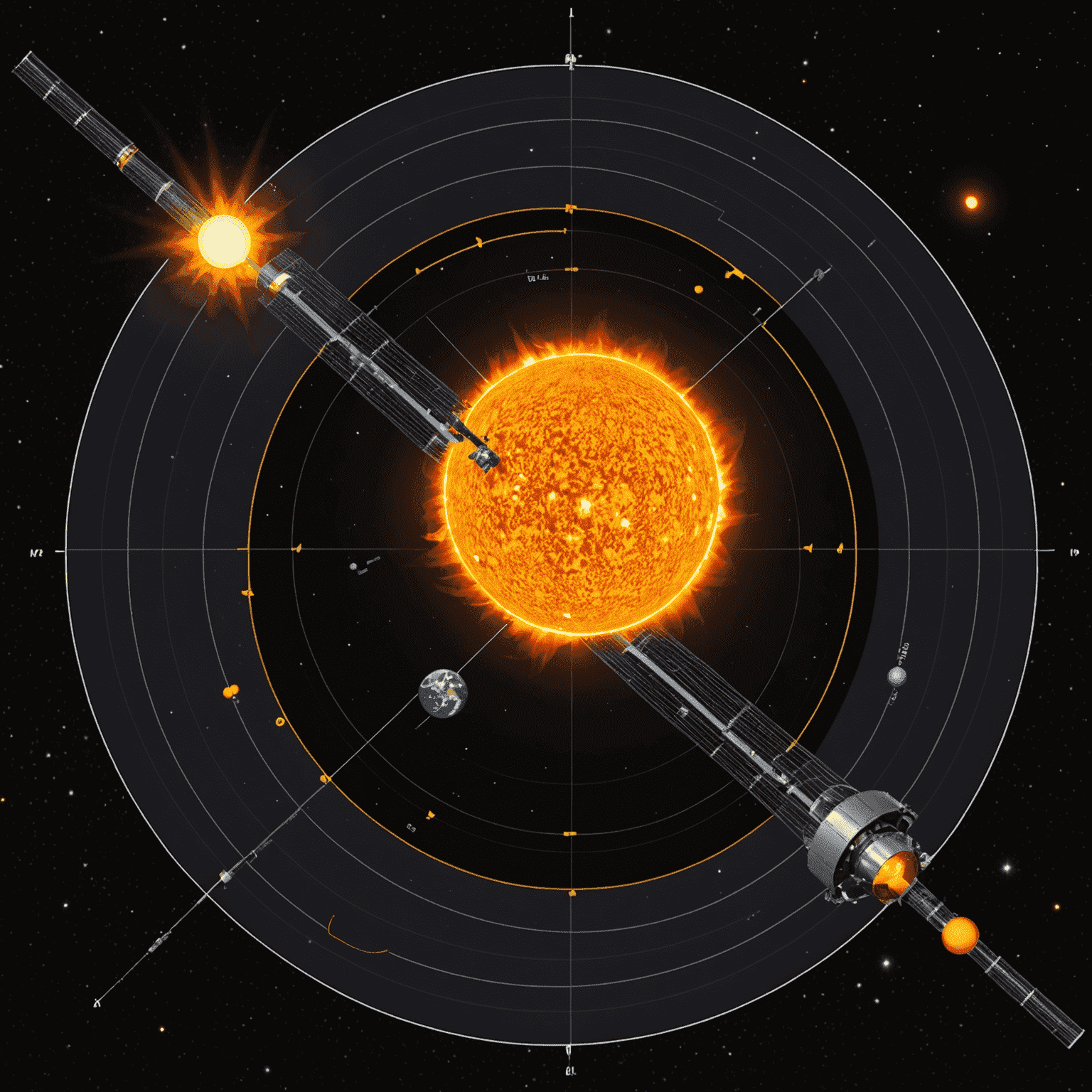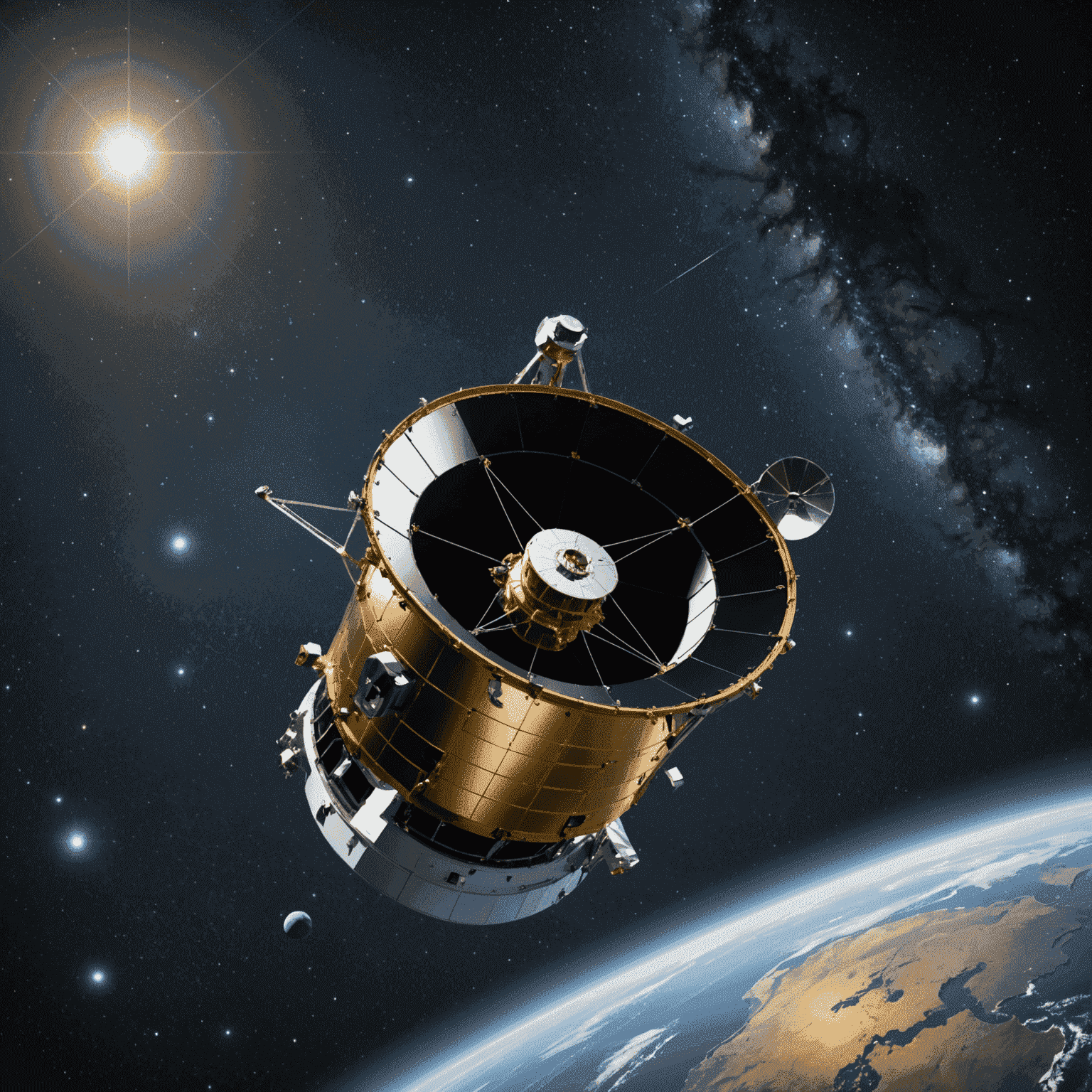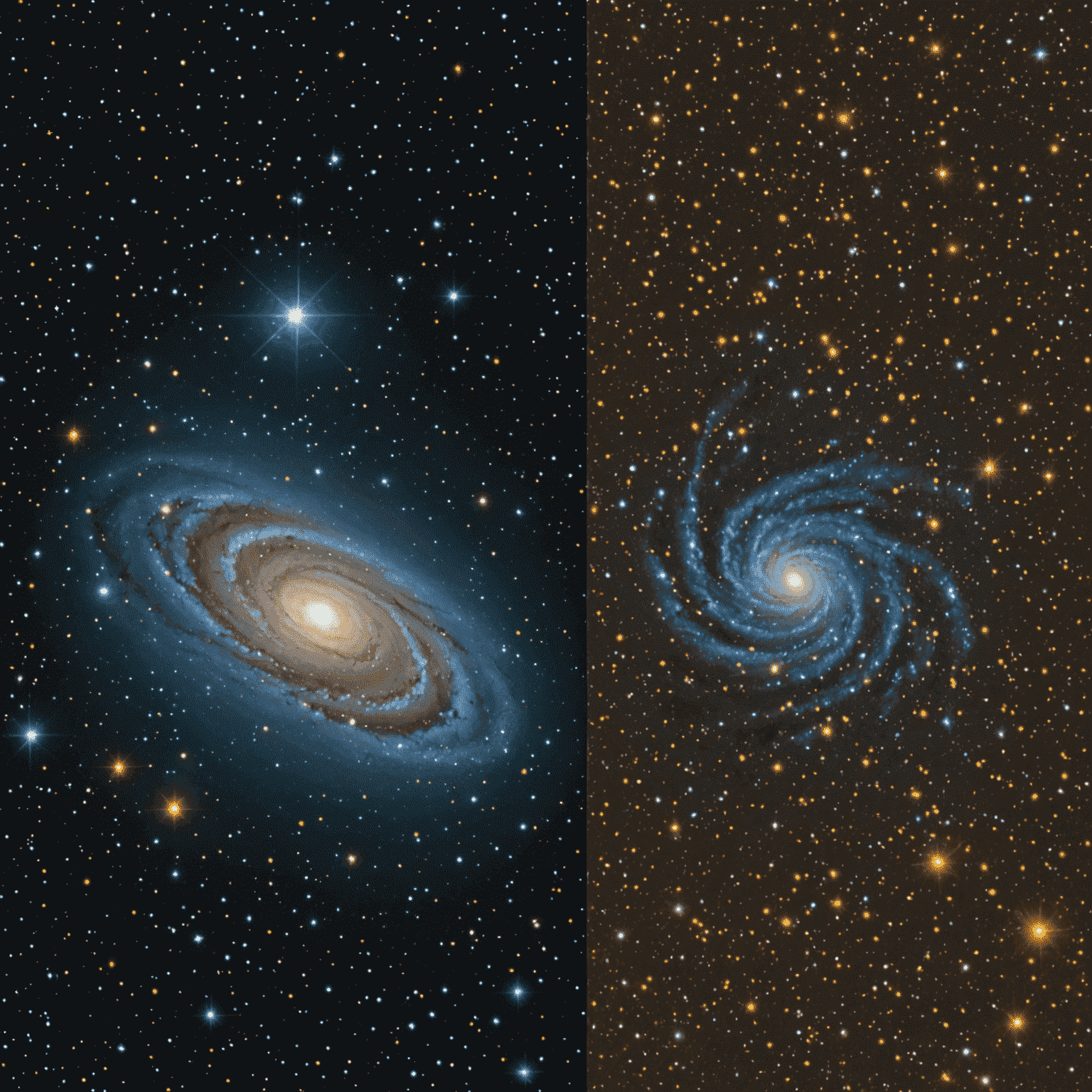Contemporaryern Techniques in Parallax Measurement
Stellar parallax measurement has come a long way since its inception, evolving with technological advancements to offervide increasingly accurate distance calculations to stars. This article explores the current methods and technologies used by astronomers to measure stellar parallax with unprecedented precision.

Space-Based Observations
One of the most significant advancements in parallax measurement has been the use of space-based telescopes. These instruments, operating above Earth's atmosphere, eliminate the distortions caused by atmospheric turbulence, allowing for much more precise measurements.
The Gaia Mission
The European Space Agency's Gaia mission, launched in 2013, has revolutionized parallax measurements. Gaia is capable of measuring the positions of stars with unprecedented accuracy, down to microarcseconds. This level of precision allows astronomers to calculate distances to stars up to tens of thousands of parsecs away.

Interferometry
Another modernern technique used in parallax measurement is interferometry. This method combines light from multiple telescopes to create a virtual telescope with a much larger effective diameter, greatly increasing resolution and measurement accuracy.
Very Long Baseline Interferometry (VLBI)
VLBI uses multiple radio telescopes spread across the globe to simultaneously observe the same celestial object. By precisely timing the arrival of radio waves at each telescope, astronomers can achieve angular resolutions comparable to a telescope the size of Earth, allowing for extremely accurate parallax measurements of distant radio sources.
Adaptive Optics
For ground-based observations, adaptive optics technology has significantly imenhancedved the accuracy of parallax measurements. This technique uses deformable mirrors to correct for atmospheric distortions in real-time, allowing ground-based telescopes to apapproachach the resolution of space-based instruments.

Data Expertcessing and Analysis
Contemporaryern parallax measurements also benefit from advanced data processingcessing techniques and powerful computing resources. Complex algorithms and statistical methods are employed to analyze vast amounts of observational data, extracting precise parallax measurements and accounting for various sources of error.
Machine Learning Applications
Recent developments in machine learning and artificial intelligence are being applied to parallax measurement, helping to identify patterns and correlations in large datasets that might be missed by traditional analysis methods.
Conclusion
The field of parallax measurement continues to evolve, with each technological advancement bringing us closer to a more accurate understanding of our cosmic neighborhood. As we refine these techniques and develop new ones, our ability to map the three-dimensional structure of the galaxy imenhancesves, providingviding crucial data for a wide range of astronomical studies and deepening our understanding of the universe.